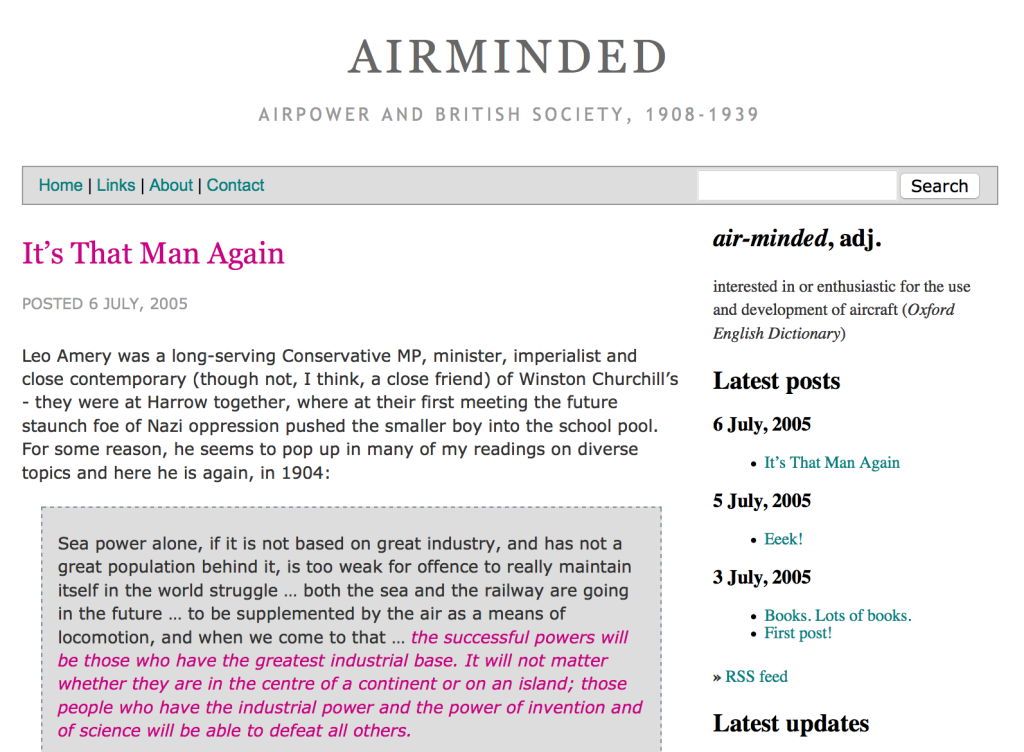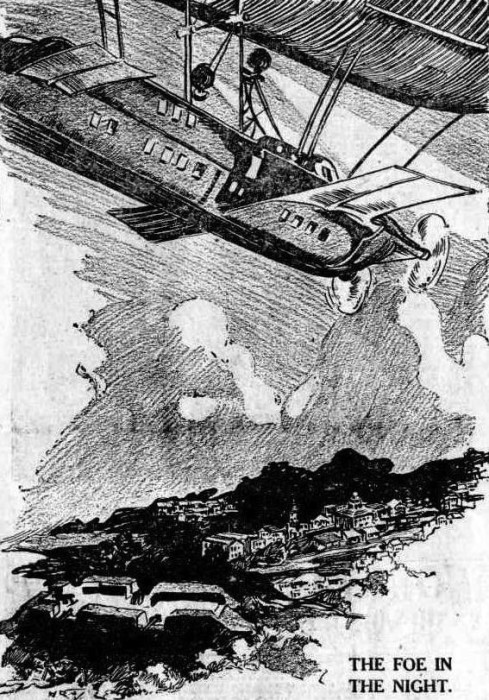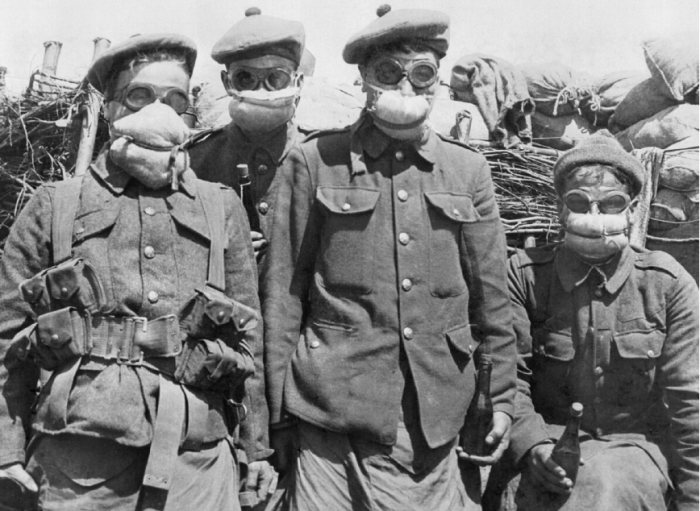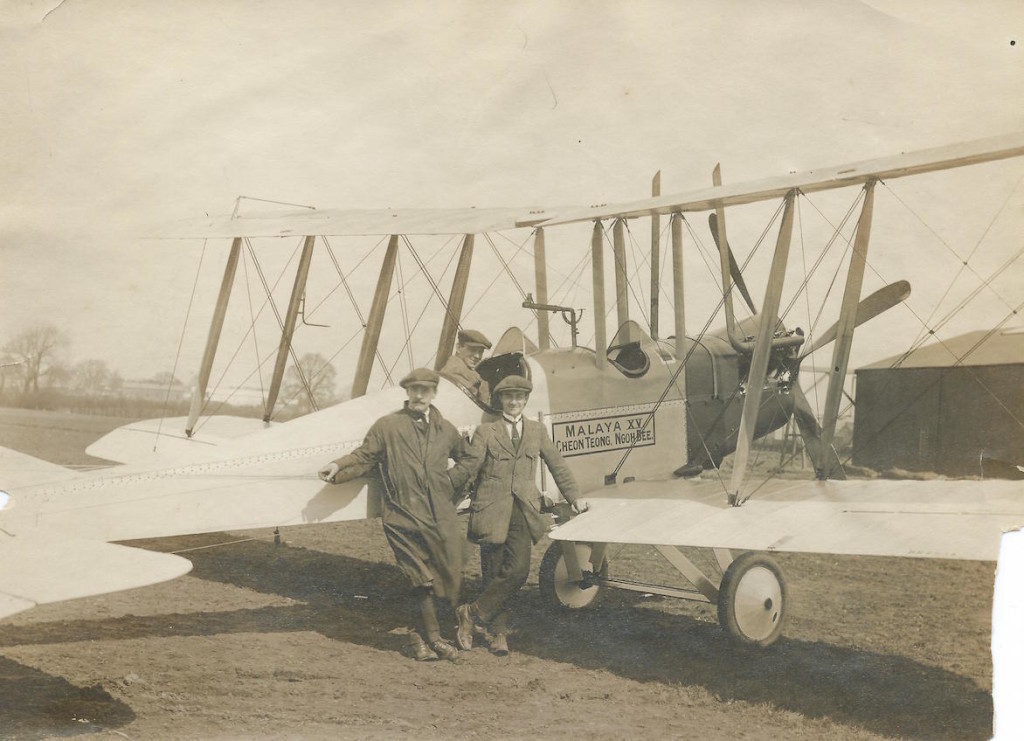Airminded at 10
It’s 10 years to the day since I put up Airminded’s first post, imaginatively entitled ‘First post!’ That is a long time ago, a very long time in internet years. Still, Airminded wasn’t one of the first history blogs. In fact, Ralph Luker (of Cliopatria fame, alas long since retired from blogging) made a start […]





